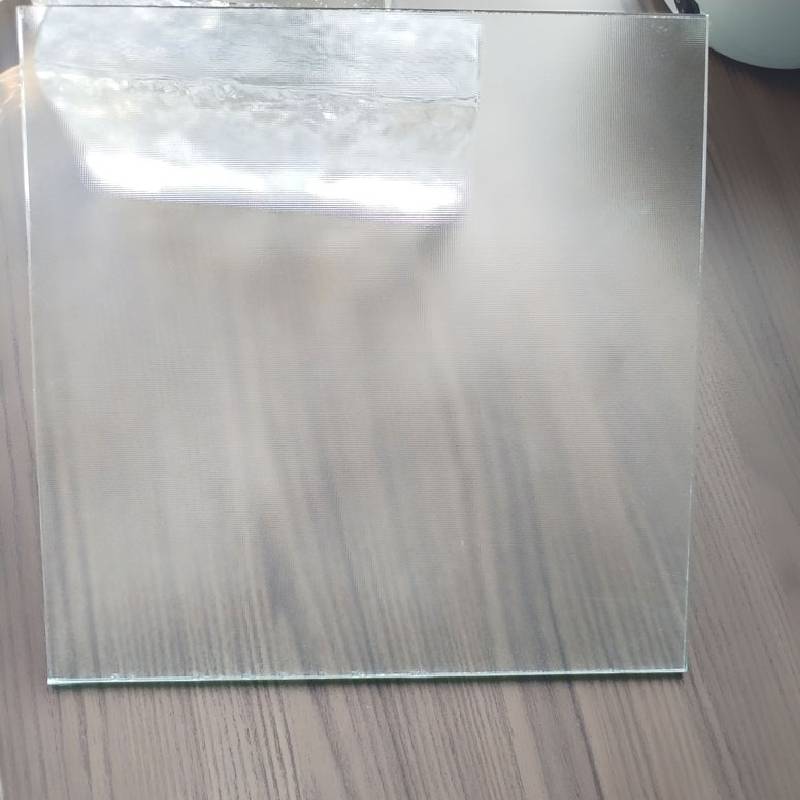The Allure of Glass Antique Mirrors
Antique mirrors have a unique charm that transcends time, breathing life into spaces and reflecting the elegance of bygone eras. Among them, glass antique mirrors stand out for their exquisite craftsmanship and the stories they encapsulate. These mirrors not only serve a practical purpose but also act as decorative art pieces that enhance the atmosphere of any room.
One of the most captivating aspects of glass antique mirrors is their craftsmanship. Historically, artisans dedicated countless hours to perfecting their skills, resulting in pieces that exemplify the beauty of artistry. Many of these mirrors feature intricate frames made from materials like wood, metal, or even gilded materials, adorned with elaborate carvings and designs that showcase the artistry of their period. This craftsmanship is not just limited to the frames; the glass itself often displays unique characteristics, such as silvering techniques or etching, which contribute to its overall aesthetic and historical value.
The origins of glass mirrors can be traced back to ancient civilizations, but it was during the Renaissance that the advancement in glass-making techniques led to the creation of stunning reflective surfaces. Venice, specifically, became renowned for its high-quality mirrors, known as Venetian mirrors. These mirrors were celebrated not only for their clarity but also for the opulent designs that accompanied them. When acquiring a glass antique mirror, one often delves into this rich history, gaining insight into the craftsmanship that has been treasured for generations.
glass antique mirror
In modern interiors, glass antique mirrors find their place beautifully, melding with contemporary design while adding a touch of vintage splendor. They can transform a space, making it seem larger and more open, as well as introducing a reflective quality that enhances the interplay of light. Whether showcased in a living room, hallway, or bedroom, these mirrors can be a focal point or act as a subtle addition that brings harmony to the overall design.
Positioning an antique mirror correctly is crucial for maximizing its impact. When hung at eye level, the glass reflects light, creating an inviting atmosphere. Placing a mirror opposite a window can amplify natural light, brightening the space and making it feel airy. Additionally, glass antique mirrors can be used to frame a fireplace, highlight architectural features, or add depth to more crowded wall spaces. The versatility of these mirrors allows them to fit seamlessly into various design styles, be it rustic, elegant, or eclectic.
However, owning a glass antique mirror comes with the responsibility of care and preservation. Proper maintenance ensures that the mirror retains its beauty and value over time. Dusting the surface regularly with a soft cloth is essential to prevent scratches, and special care should be taken with the glass to avoid harsh chemicals that could damage the reflective surface. It’s also wise to keep the mirror out of direct sunlight to prevent deterioration and fading of the materials.
In conclusion, glass antique mirrors are more than mere reflective surfaces; they are enchanting pieces of history that bring elegance and character to our spaces. Their craftsmanship tells a story of artistry and dedication, while their aesthetic appeal continues to captivate both collectors and interior designers alike. By incorporating a glass antique mirror into a modern home, one can celebrate the beauty of the past while enriching the present, creating a timeless connection that resonates through generations.
 Afrikaans
Afrikaans  Albanian
Albanian  Amharic
Amharic  Arabic
Arabic  Armenian
Armenian  Azerbaijani
Azerbaijani  Basque
Basque  Belarusian
Belarusian  Bengali
Bengali  Bosnian
Bosnian  Bulgarian
Bulgarian  Catalan
Catalan  Cebuano
Cebuano  Corsican
Corsican  Croatian
Croatian  Czech
Czech  Danish
Danish  Dutch
Dutch  English
English  Esperanto
Esperanto  Estonian
Estonian  Finnish
Finnish  French
French  Frisian
Frisian  Galician
Galician  Georgian
Georgian  German
German  Greek
Greek  Gujarati
Gujarati  Haitian Creole
Haitian Creole  hausa
hausa  hawaiian
hawaiian  Hebrew
Hebrew  Hindi
Hindi  Miao
Miao  Hungarian
Hungarian  Icelandic
Icelandic  igbo
igbo  Indonesian
Indonesian  irish
irish  Italian
Italian  Japanese
Japanese  Javanese
Javanese  Kannada
Kannada  kazakh
kazakh  Khmer
Khmer  Rwandese
Rwandese  Korean
Korean  Kurdish
Kurdish  Kyrgyz
Kyrgyz  Lao
Lao  Latin
Latin  Latvian
Latvian  Lithuanian
Lithuanian  Luxembourgish
Luxembourgish  Macedonian
Macedonian  Malgashi
Malgashi  Malay
Malay  Malayalam
Malayalam  Maltese
Maltese  Maori
Maori  Marathi
Marathi  Mongolian
Mongolian  Myanmar
Myanmar  Nepali
Nepali  Norwegian
Norwegian  Norwegian
Norwegian  Occitan
Occitan  Pashto
Pashto  Persian
Persian  Polish
Polish  Portuguese
Portuguese  Punjabi
Punjabi  Romanian
Romanian  Russian
Russian  Samoan
Samoan  Scottish Gaelic
Scottish Gaelic  Serbian
Serbian  Sesotho
Sesotho  Shona
Shona  Sindhi
Sindhi  Sinhala
Sinhala  Slovak
Slovak  Slovenian
Slovenian  Somali
Somali  Spanish
Spanish  Sundanese
Sundanese  Swahili
Swahili  Swedish
Swedish  Tagalog
Tagalog  Tajik
Tajik  Tamil
Tamil  Tatar
Tatar  Telugu
Telugu  Thai
Thai  Turkish
Turkish  Turkmen
Turkmen  Ukrainian
Ukrainian  Urdu
Urdu  Uighur
Uighur  Uzbek
Uzbek  Vietnamese
Vietnamese  Welsh
Welsh  Bantu
Bantu  Yiddish
Yiddish  Yoruba
Yoruba  Zulu
Zulu 

